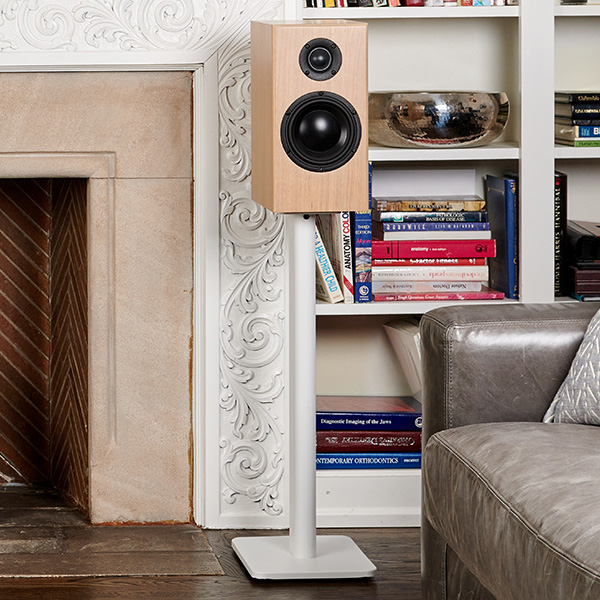When building or optimizing a high-end audio system, every detail matters—including how your components are connected. One common question among audiophiles and music enthusiasts is whether to use balanced or unbalanced audio connections. Understanding the differences between these two connection types can help you maximize the performance of your audio system and reduce unwanted noise and interference.
In this article, we will break down the technical aspects of balanced and unbalanced audio connections, discuss their advantages and disadvantages, and help you determine which is best suited for your listening setup.
Understanding Unbalanced Audio Connections
Unbalanced audio connections are the most common type of connection found in consumer audio equipment. They are used in devices such as turntables, CD players, home theater systems, and powered speakers. The most recognizable unbalanced connectors include RCA (phono) cables and standard 1/4-inch TS (Tip-Sleeve) cables.
How Unbalanced Connections Work
An unbalanced cable consists of two conductors:
- Signal Wire – Carries the audio signal from the source to the destination.
- Ground Wire – Provides a reference point and also acts as a shield against interference.
Advantages of Unbalanced Connections
- Widely Available: Most consumer-grade audio devices support unbalanced connections.
- Cost-Effective: Unbalanced cables are generally more affordable and easier to find.
- Simpler Design: With fewer components, unbalanced connections are easy to integrate into most systems.
Disadvantages of Unbalanced Connections
- Susceptibility to Noise: Unbalanced cables are more prone to picking up electromagnetic interference (EMI) and radio frequency interference (RFI), especially over long cable runs.
- Limited Cable Length: Unbalanced connections are best kept under 6 feet (1.8 meters) to minimize signal degradation and unwanted noise.
- Ground Loop Issues: In some setups, unbalanced cables can introduce hum and buzz caused by ground loops.
Understanding Balanced Audio Connections
Balanced audio connections are commonly used in professional audio environments such as recording studios, live sound setups, and high-end home audio systems. The most recognizable balanced connectors include XLR cables and 1/4-inch TRS (Tip-Ring-Sleeve) cables.
How Balanced Connections Work
Balanced cables have three conductors:
- Positive Signal (+ or Hot) – Carries the audio signal.
- Negative Signal (- or Cold) – Carries an inverted version of the audio signal.
- Ground Wire – Shields the cable from external interference.
The key feature of balanced connections is common-mode rejection. When the audio signal reaches its destination, the negative signal is inverted back to its original form, canceling out any noise picked up along the way.
Advantages of Balanced Connections
- Superior Noise Rejection: Balanced cables effectively eliminate electromagnetic and radio frequency interference, ensuring cleaner audio.
- Long Cable Runs: Balanced connections can run over 100 feet (30 meters) without noticeable signal loss or noise.
- Improved Signal Integrity: With reduced interference, balanced cables maintain audio quality, making them ideal for high-end audio and professional applications.
Disadvantages of Balanced Connections
- Higher Cost: Balanced cables and equipment tend to be more expensive than their unbalanced counterparts.
- Compatibility Issues: Not all consumer audio devices support balanced connections, requiring adapters or special equipment.
- Bulkier Cables: XLR connectors and TRS cables are often larger and less flexible than standard RCA cables.
Which Connection Type Should You Use?
Choosing between balanced and unbalanced connections depends on your audio system and specific needs:
- For home audio setups with short cable runs (under 10 feet), unbalanced RCA connections are typically sufficient.
- For high-end home audio systems, professional recording studios, or long cable runs, balanced XLR or TRS connections are the better choice for minimizing noise and maintaining signal clarity.
- If your system has a mix of balanced and unbalanced inputs and outputs, consider using high-quality adapters or a preamp with both connection types.
Final Thoughts
Balanced and unbalanced audio connections each serve a purpose in high-fidelity sound reproduction. While unbalanced connections are practical and widely used in home audio, balanced connections offer superior noise rejection and are ideal for audiophile and professional-grade setups, as well as long cable runs.
Explore More High-End Audio Insights
If you found this article helpful, check out more audiophile guides, technical deep dives, and product insights in our News + Reviews section. Stay informed and elevate your listening experience with Totem Acoustic!




